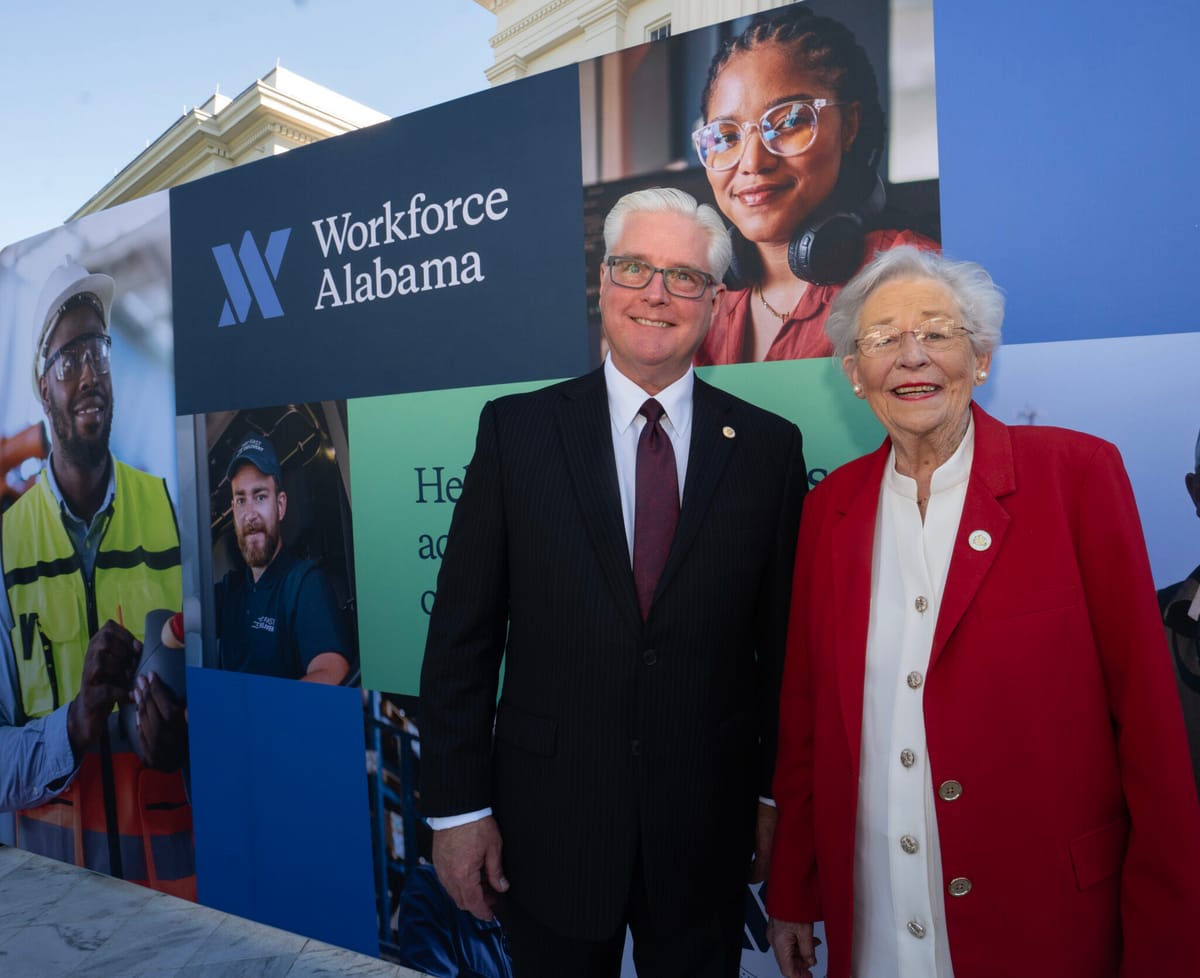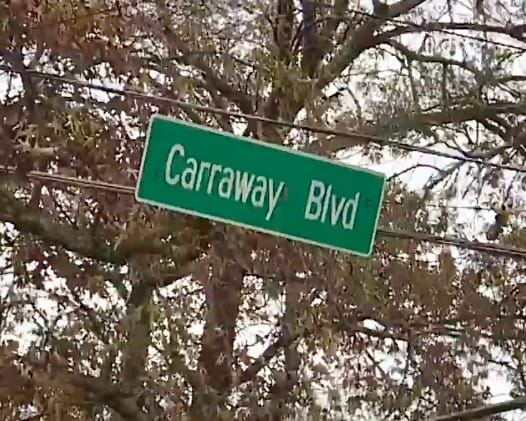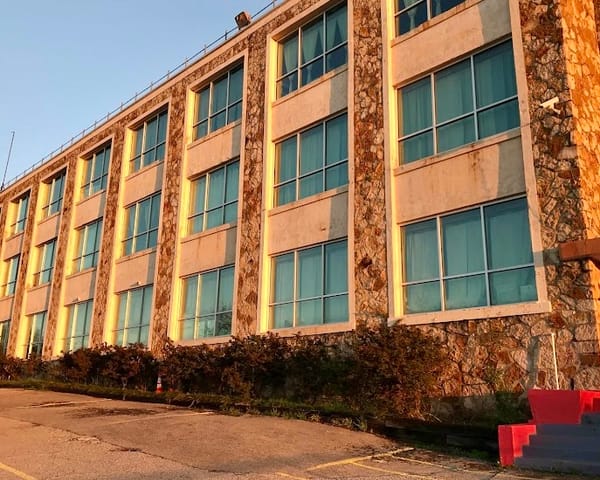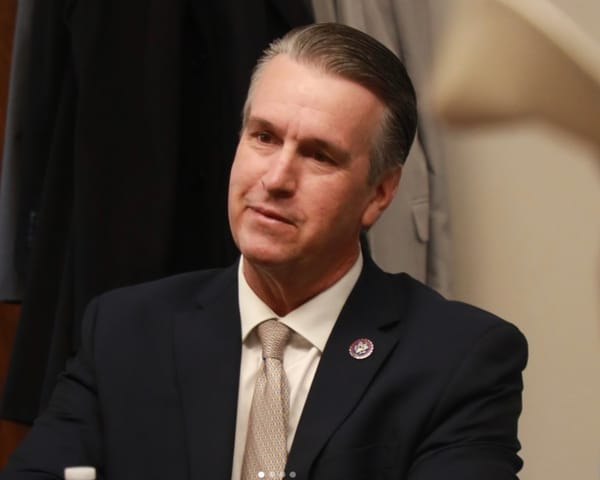Alabama Department of Workforce Formally Launched
Montgomery ceremony drew attendees from all 67 Counties

Governor Kay Ivey formally launched the new Alabama Department of Workforce (ADOW) on Thursday, saying it marks the most sweeping makeover of workforce policy in state history.
The ceremony took place on the steps of the State Capitol. Alabamians from all 67 Counties reportedly came to Montgomery—business leaders, educators, government officials, and community voices—to witness the unveiling.
“Alabama’s workforce is our greatest competitive advantage,” Ivey said. “This unified approach connects individual career advancement to statewide prosperity, ensuring that our human capital drives continued economic growth across all communities.”
Under the new agency’s umbrella, Alabama is pulling together workforce programs that used to be spread across several agencies. Secretary Greg Reed will head ADOW.
Reed says the goal of ADOW is to “remove barriers and create clear pathways connecting people to prosperity through integrated services.”
One big issue they hope to tackle is what officials call the “workforce participation paradox.” Right now, Alabama’s unemployment rate sits low—about 2.9 %—while its workforce participation rate is also among the lowest in the nation (57.8 %).
A special emphasis will be on young adults aged 20 to 29, especially those who hit the “26 cliff,” when some supports like health coverage and independence aid drop off.
“We’re not just fixing problems — we’re building Alabama’s competitive future,” Reed told the crowd. “Alabama’s greatest resource is its people, and when they thrive, we all rise. This Department represents our commitment to meeting every Alabamian where they are and guiding them to where they want to be.”
Reed also added, “We’re meeting people where they are — by making opportunities accessible for all through their own community connections.”
The strategy behind ADOW includes using career centers in communities as local points of access, creating outreach hubs, and building a digital matching system tied to tele-case management. The idea is to connect folks in every corner of the state to workforce resources.
While the department plans to lean on technology—real-time labor data, virtual training, digital platforms—it also wants to keep a human touch. Community partners, trusted local voices, and relationship building will remain central.
Officials say ADOW will serve as Alabama’s main workforce authority, focusing about 90% of its efforts on direct workforce services and safety oversight. It will pull together education, training, and employment programs to avoid duplication and gaps.
Legislators and business groups have expressed support, noting that a stronger, unified workforce structure is vital to Alabama’s future.
“This represents the most ambitious workforce development initiative Alabama has undertaken,” Reed said. “We’re creating a foundation for lasting growth that benefits every community and ensures no Alabamian navigates their career journey alone.”
From now on, the Alabama Department of Workforce will be the front door for all job training, employment services, and workforce support across the State, turning individual potential into shared progress.
For details on programs, services, and how to connect, you can visit workforce.alabama.gov.





